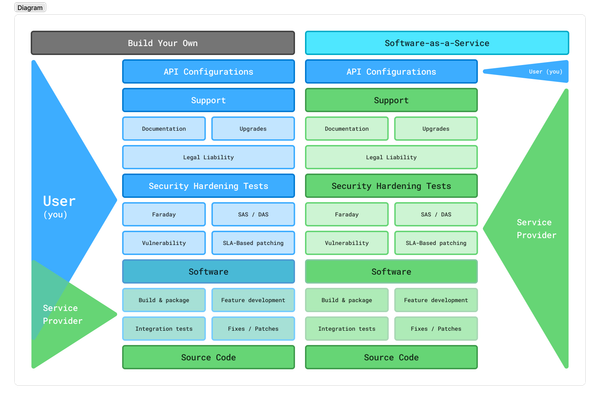IAM, IGA, and InfoSec: What Do They Really Mean?

Cybersecurity can feel like alphabet soup: IAM, IGA, InfoSec, Zero Trust. They sound complicated, but at their core, they’re all about one simple question:
👉 Who should be allowed to do what?
Let’s break this down in plain English.
👤 IAM: Who You Are and What You Can Do
Identity and Access Management (IAM) is about proving who you are and deciding what you can do once you’re in.
- Identity: your digital “badge.”
- Authentication: proving the badge is really yours (passwords, MFA, biometrics).
- Authorization: deciding what doors your badge opens.
🔎 Everyday example: At the office, your badge gets you into the building. But only IT can badge into the server room.
That’s IAM in action.
📋 IGA: Are We Following the Rules?
Identity Governance and Administration (IGA) is the oversight layer.
While IAM hands out and checks badges, IGA makes sure:
- People don’t keep badges after they leave.
- Nobody has too many badges.
- Access reviews allow managers to confirm, “Yes, Jane still needs this.”
🔎 Everyday example: HR and security sit down once a quarter to ask, “Do all these people really need access to these rooms?”
That’s IGA governance and accountability.
🛡️ InfoSec: The Big Picture
Information Security (InfoSec) is the umbrella discipline. NIST describes it as protecting the confidentiality, integrity, and availability of information, also known as the famous CIA triad.
It includes IAM and IGA, but also:
- Firewalls and network defenses.
- Encryption.
- Threat detection and response.
🔎 Everyday example: If IAM is the badge and IGA is the review process,
InfoSec encompasses the entire security program, including real-world security guards, cameras, locks, and policies that keep the entire building safe and secure in both physical and digital realms.
🚪 Zero Trust: Never Assume, Always Check
Here’s where things get interesting. In the old days, once you were inside the office, you could pretty much roam freely. That’s the “trusted network” model.
However, attackers figured this out: if they sneak in once, they gain access to the entire facility.
Zero Trust flips that idea:
👉 Even inside the building, every door rechecks your badge.
In digital terms:
- Your laptop checks in every time it talks to a server.
- Your session is verified continuously, not just at login.
- No one and nothing gets a free pass.
🧩 Putting It All Together
- IAM: issues and checks badges.
- IGA ensures badges are appropriate and reviewed.
- InfoSec: the broader security program keeping the environment safe.
- Zero Trust: the modern principle that every request is checked, even if you’re already “inside.”
✅ Final Thought
Identity has become the new perimeter. Firewalls still matter, but the real question is: Do we trust this person, this device, this request right now?
These concepts are not just acronyms; they’re the guardrails that keep digital life safe, fair, and accountable. They ensure that we can answer the question, 'Do we trust this person, this device, this request-right now?' with confidence.




